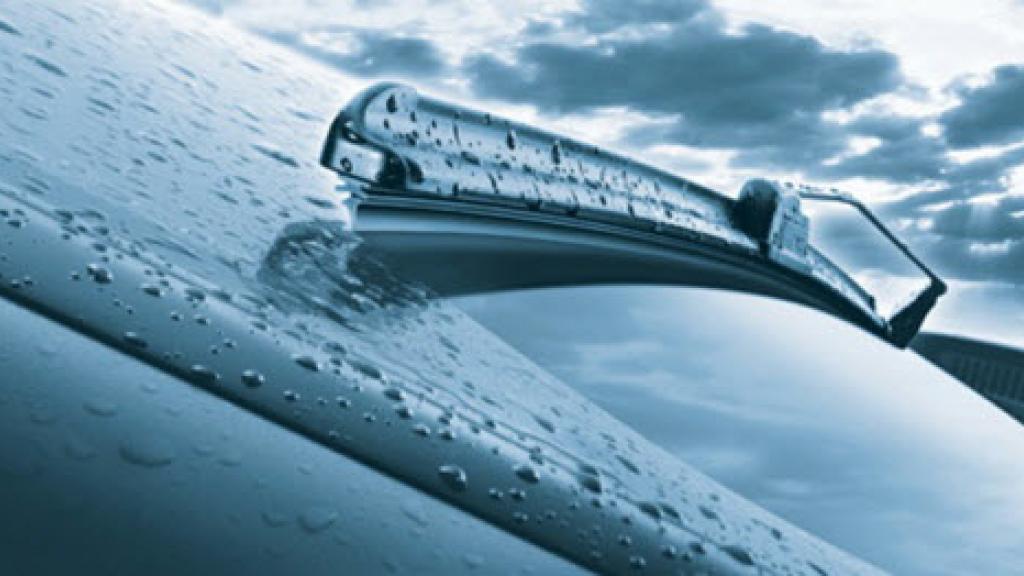
Electric windscreen wipers have been around since 1926 but their design and performance have constantly evolved. Today more changes are looming on the horizon – driven by new windscreen designs, higher safety requirements and innovative new technologies for improving visibility.
Larger windscreens
The evolution of windscreen design, for example, towards larger more aerodynamic raked surfaces has created the need for longer, more precise wiper blades. On new car models today it is not uncommon to find wipers 75 cm or even 80 cm long.
These latest windscreens have to be perfectly curved to ensure maximum adhesion and coverage of wiper brushes. That’s why AGC carefully checks the curvature of its windscreens several times during development and production.
Freezing conditions are a particular challenge for wipers. Who hasn’t found their wipers frozen to the windscreen on a cold winter morning? Recent product developments to combat this include a blade designed with synthetic blended “armour” that protects wiper components from severe ice and snow. And a spring-loaded system developed in the USA that raises the wiper blade a few centimetres off the windscreen to prevent it freezing when the car is parked, but which automatically retracts when the wipers are switched on.
Wipe-free future?
Looking further ahead, the McLaren Group is thinking of eliminating wipers altogether. The F1 racing car constructor says it is adapting ultrasound technology pioneered for fighter jets as an alternative to the traditional windscreen wiper. The principle is that high-frequency sound waves envelop the windscreen like a force field, repelling water and insects that come near it.
Care needed
But while we are still driving with wipers, it’s worth taking care of them. Your safety depends on it. This means changing your wipers regularly; worn wipers and poor adhesion reduce driver visibility. Experts recommend that wiper blades are replaced every six months or 10,000 kilometres.
With the days getting shorter and winter approaching, it’s even more important to look after your wipers. And if it does snow, remember to clear the snow off your windscreen and wipers before you start up; ice and heavy snow can damage the rubber wiper elements and even disable the electric mechanism if it’s overloaded.

